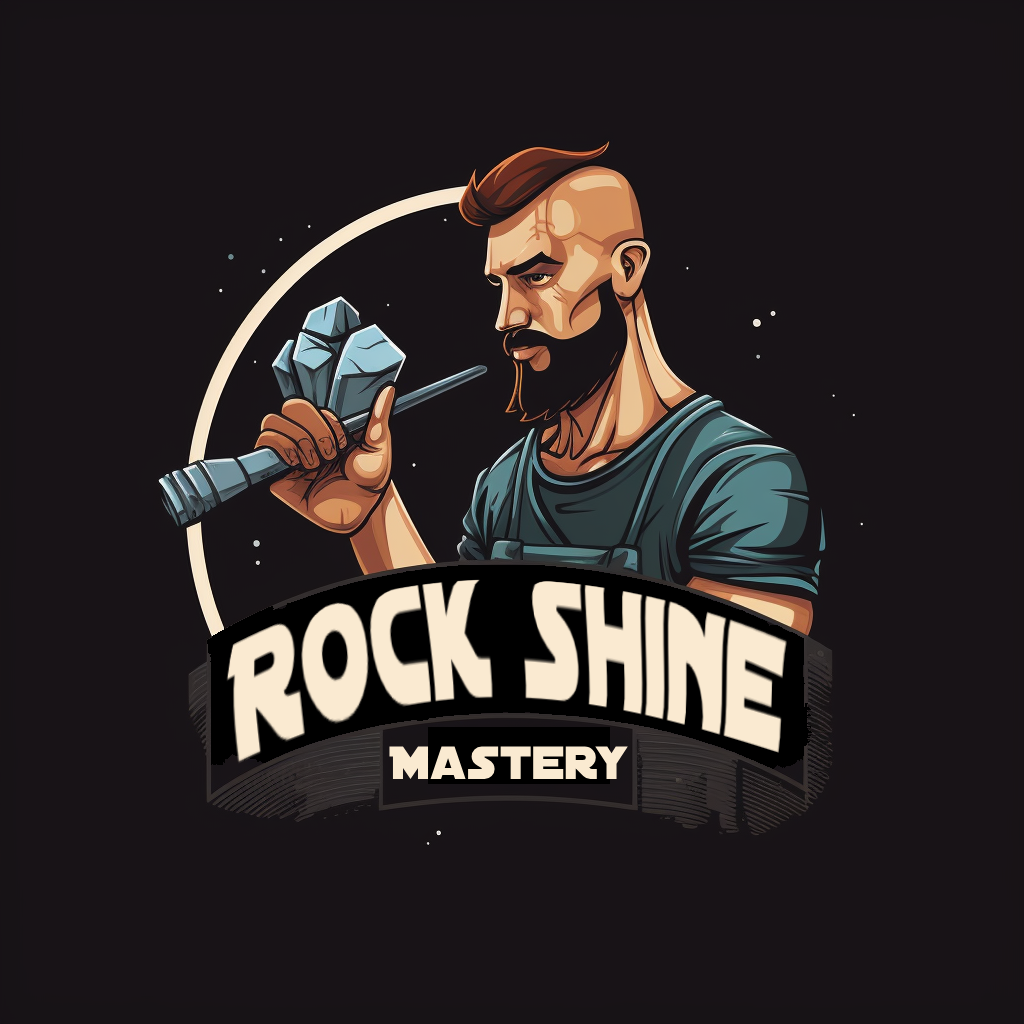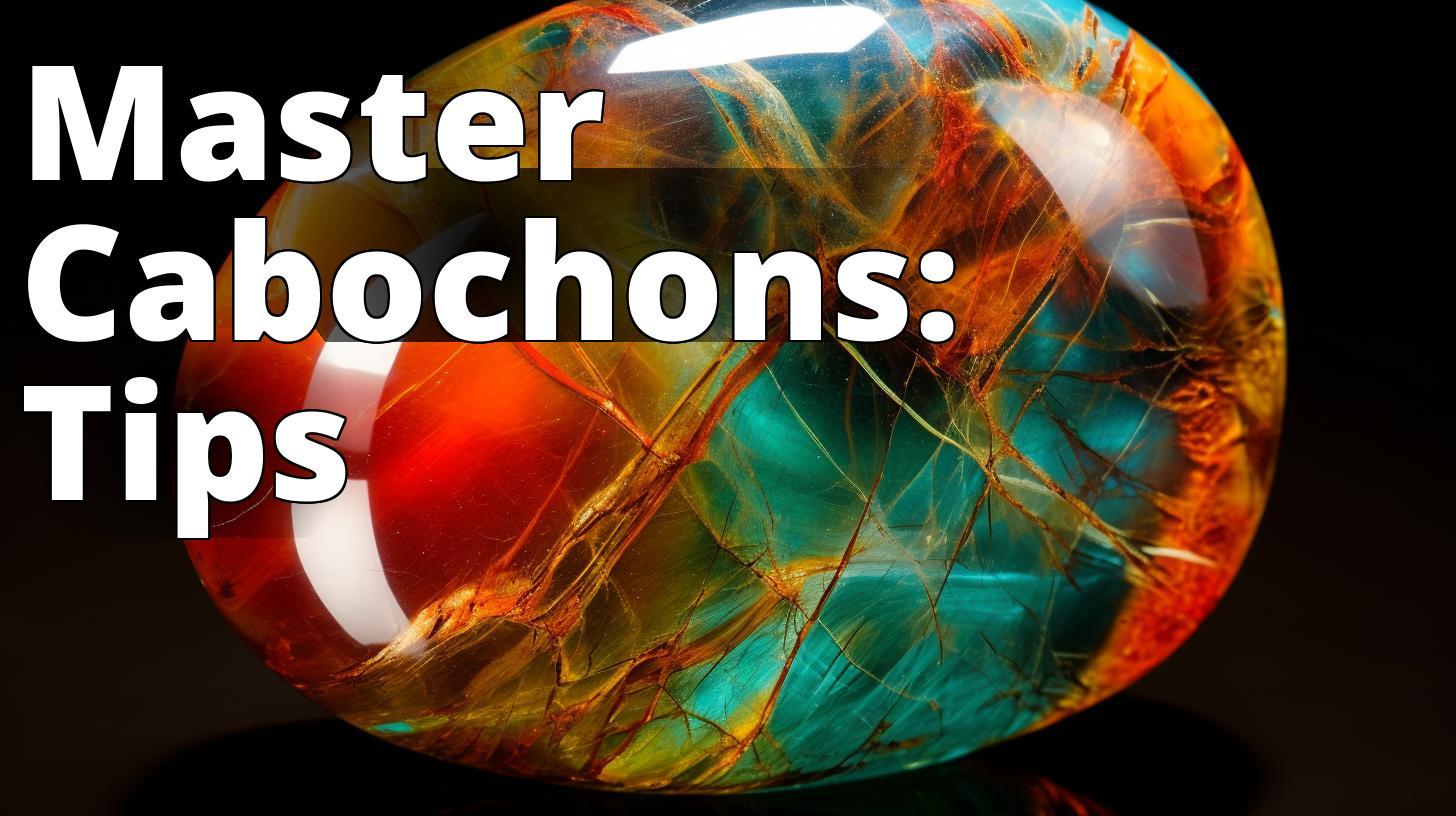Are you an advanced lapidary artist looking to master the art of cabochon cutting and shaping? Look no further! Cabochon cutting and shaping is a crucial skill for any lapidary artist who wants to showcase the natural beauty and unique features of gemstones. In this guide, we will provide you with a comprehensive overview of cabochon cutting and shaping, including the tools and techniques required, the gemstones best suited for cabochon cutting and shaping, the step-by-step process of cabochon cutting and shaping, polishing and finishing tips, and guidelines for displaying and using cabochons.
Tools Required
To start with cabochon cutting and shaping, you need to have the right tools. The following are some of the essential tools you will need:
Cabochon machine
A cabochon machine is a specialized lapidary machine designed to cut and shape cabochons. The most popular cabochon machine available in the market is the Genie by Diamond Pacific. It comes with various grinding and polishing wheels and discs that allow you to grind and polish your gemstones to the desired shape and finish.
Dop stick
A dop stick is a tool used to hold the gemstone during the cutting and shaping process. It is a wooden or metal dowel with a flat end that you attach to the gemstone with dop wax.
Dop wax
Dop wax is a special adhesive wax used to attach the gemstone to the dop stick. It is essential to choose the right type of dop wax that will hold the gemstone securely during the cutting and shaping process.
Templates
Templates are pre-cut shapes made of metal or plastic that you use to guide your cutting and shaping process. They come in various shapes and sizes, such as ovals, circles, squares, and hearts, and are an excellent tool for beginners to achieve consistent shapes.
Saw blades
Saw blades are used to cut the rough gemstone into a manageable size and shape for the cabochon machine. You can choose from various types of saw blades, such as diamond blades, carbide blades, and wet blades, depending on the hardness and type of gemstone you are cutting.
Sanding discs
Sanding discs are used to shape and smooth the rough edges of the gemstone during the cabochon shaping process. They come in various grits, ranging from coarse to fine, and are mounted on the cabochon machine.
Cabochon Cutting and Shaping for Advanced Lapidary Artists
- Cabochon cutting and shaping defined
- Tools required for the process
- Step-by-step guides for cabochon cutting, shaping, polishing and finishing
Choosing a Gemstone for Cabochon Cutting and Shaping
Choosing the right gemstone is crucial for cabochon cutting and shaping. Some of the factors you should consider when selecting a gemstone include the hardness, texture, and color. Some popular gemstones for cabochon cutting and shaping include:
- Agate
- Jasper
- Opal
- Turquoise
- Lapis Lazuli
- Malachite
- Moonstone
- Labradorite
- Amethyst
- Citrine
Each gemstone has unique properties and requires different cutting and shaping techniques to achieve the desired results.
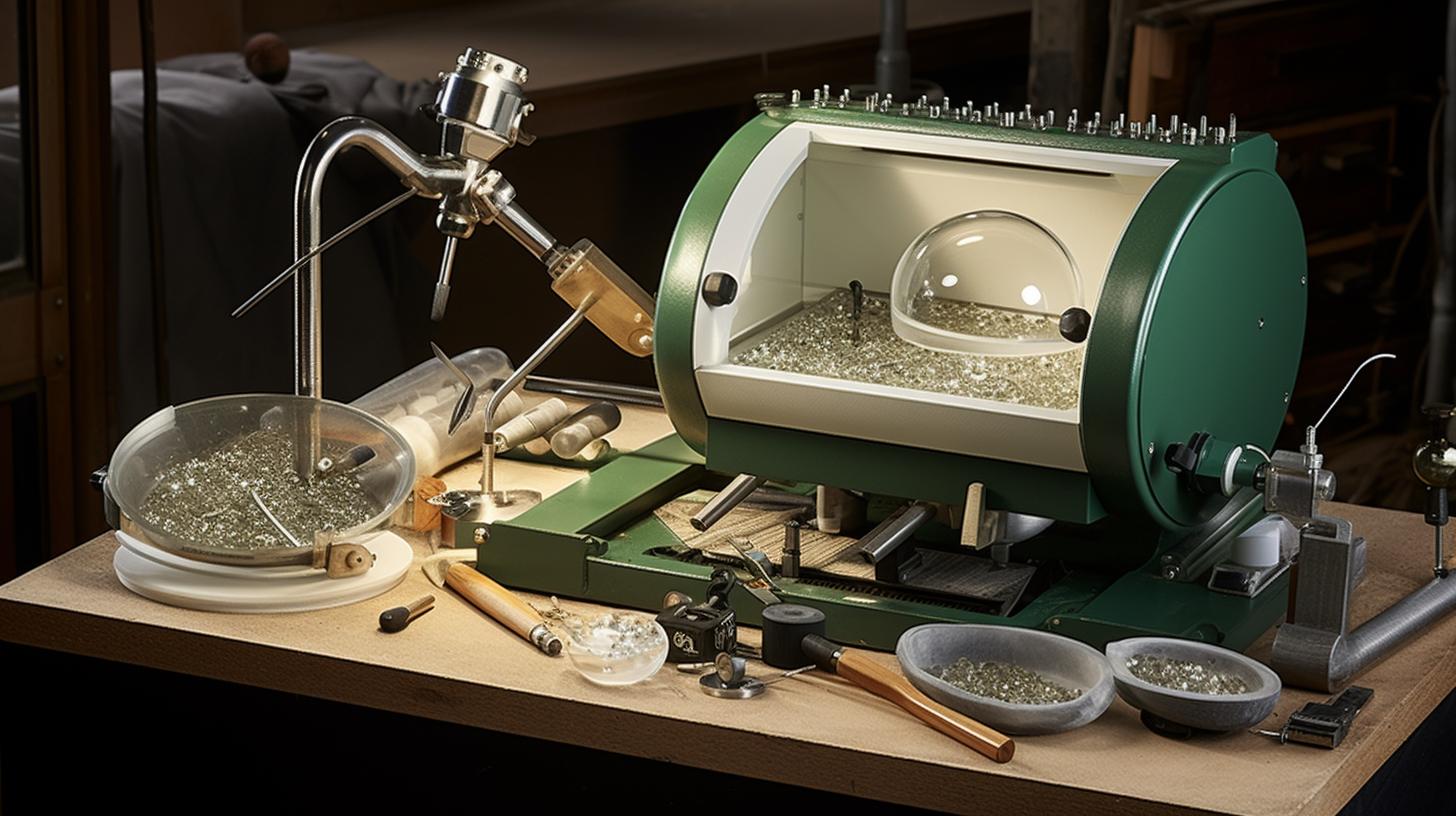
Cabochon Cutting Process
Cabochon cutting is a step-by-step process that involves trimming the rough stone, grinding the stone to shape, and polishing the gemstone.
Trimming the rough stone
The first step in cabochon cutting is to trim the rough stone into a manageable size and shape. You can use a saw blade or a trim saw to cut the rough stone into a basic shape.
Grinding the stone to shape
The next step is to grind the stone to the desired shape. You can use templates to guide your grinding process or freehand it if you are experienced. Use different grinding wheels and discs, starting with a coarse grit and gradually moving to a finer grit until you achieve the desired shape and smoothness.
Polishing the gemstone
After grinding, the next step is to polish the gemstone to achieve a high-quality finish. You can use different polishing methods, such as using diamond paste, polishing compounds or ultrasonic cleaners, to achieve the desired shine and luster.
Common mistakes to avoid
Some common mistakes to avoid during the cabochon cutting process include using too much pressure when grinding, not using the right grit for the gemstone, not lubricating the grinding wheel, and not carefully inspecting the gemstone for cracks or inclusions.
Tips for achieving a high-quality cabochon
To achieve a high-quality cabochon, it is essential to take your time, use the right tools and techniques, and pay attention to detail. Always start with a well-shaped rough stone, use the right grits for each step, and inspect the gemstone carefully after each step to ensure you are on track.
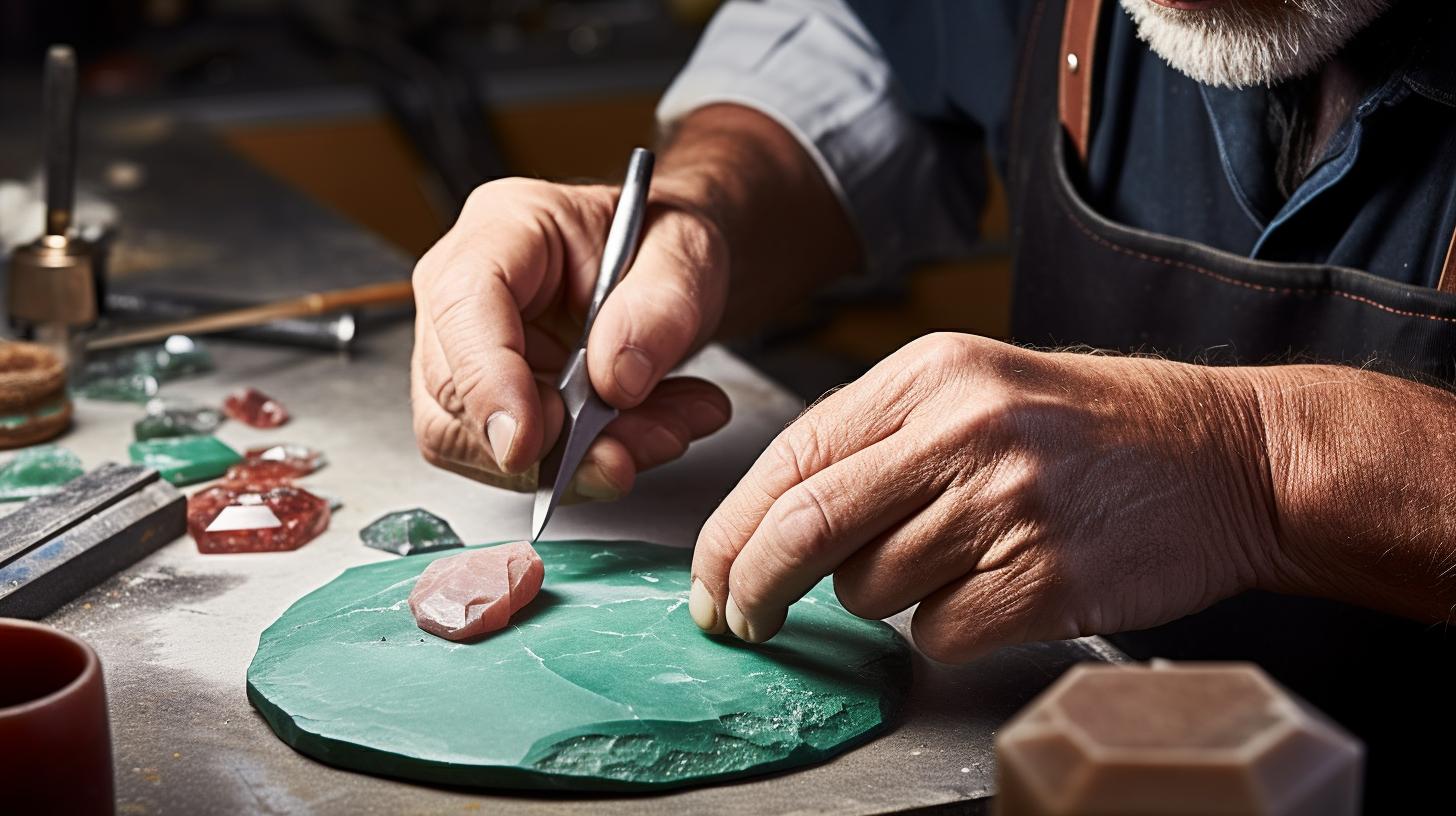
Cabochon Shaping Process
Cabochon shaping is the process of creating a unique shape for your cabochon using templates and other shaping tools.
Shaping the stone with templates
Using templates is an excellent way to achieve consistent shapes for your cabochons. You can use templates made of metal or plastic and attach them to the gemstone using dop wax. Then, grind the gemstone to the desired shape, following the template’s outline.
Beveling
Beveling is the process of creating a flat or angled edge around the cabochon’s perimeter. It adds an extra layer of depth and dimension to the cabochon and is a popular technique for advanced lapidary artists.
Trimming
Trimming is the process of removing excess material from the cabochon to achieve the desired size and shape. It is a crucial step in cabochon shaping, as it helps to create a seamless and symmetrical cabochon.
Common mistakes to avoid
Some common mistakes to avoid during the cabochon shaping process include not using the right template for the desired shape, not trimming the excess material evenly, and not beveling the edges uniformly.
Tips for achieving the desired shape and size
To achieve the desired shape and size, it is essential to start with a well-shaped rough stone, use the right templates, and take your time during the shaping process. Always inspect the cabochon after each step to make sure you are on track and adjust your techniques as needed.
| Subsection | Information |
|---|---|
| Importance of Polishing | Polishing is crucial to achieve a high-quality cabochon. It helps to remove scratches and other imperfections from the gemstone and creates a smooth and glossy finish. |
| Different Polishing Methods | There are different polishing methods you can use, such as using diamond paste, polishing compounds, or ultrasonic cleaners. Each method has its advantages and disadvantages, so it is essential to choose the right method for your gemstone. |
| Effects of Polishing on Gemstones | Polishing can affect the color, texture, and clarity of the gemstone, so it is important to use the right polishing method and to inspect the gemstone carefully after each step. |
| Tips for Achieving a High-Quality Polish and Finish | To achieve a high-quality polish and finish, it is essential to use the right polishing method, start with a well-shaped and polished cabochon, and take your time during the polishing process. Always inspect the cabochon after each step to make sure you are on track and adjust your techniques as needed. |
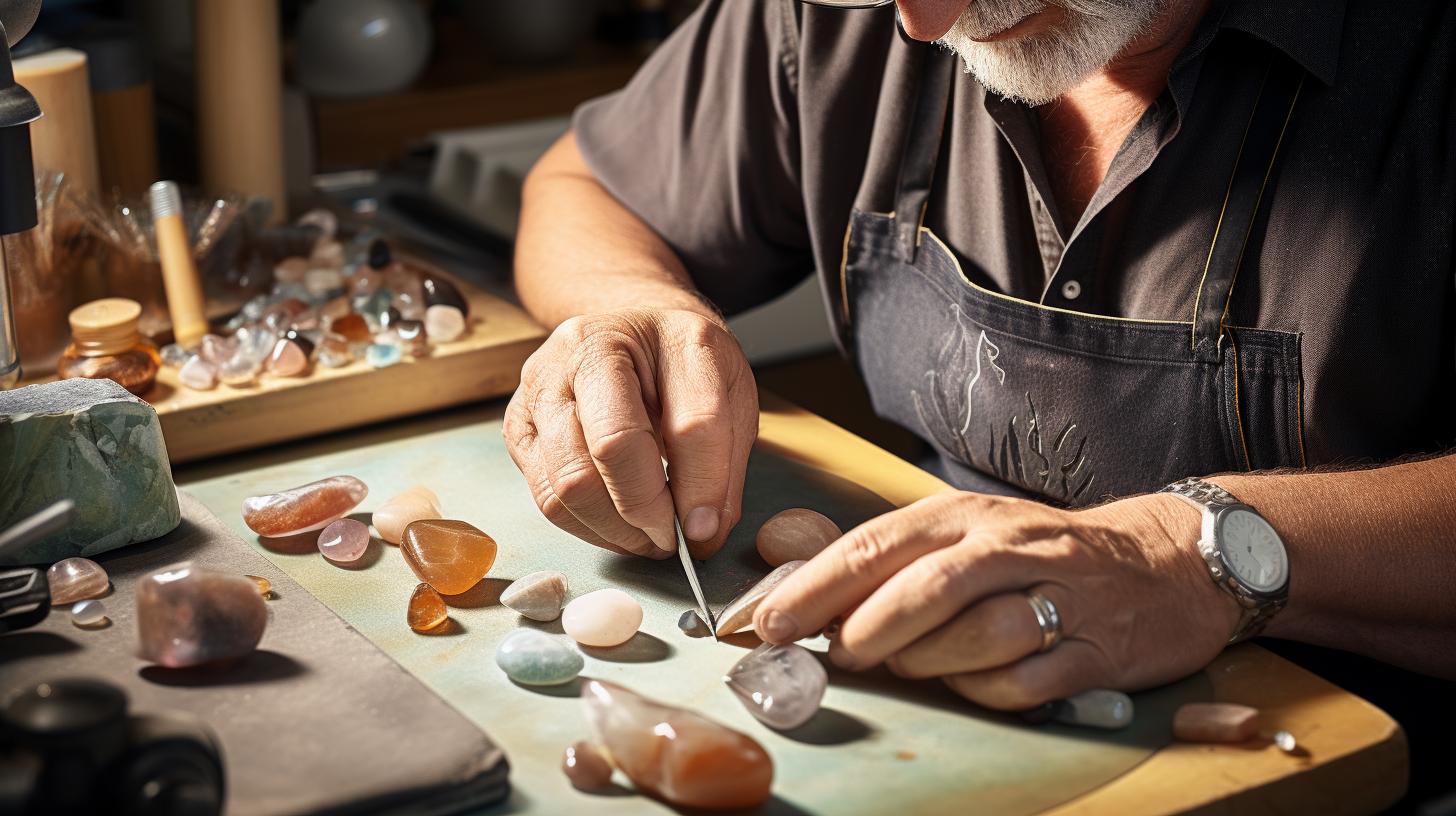
Polishing and Finishing
Polishing and finishing are critical steps in cabochon cutting and shaping, as they determine the final shine and luster of your cabochon.
Importance of polishing
Polishing is essential to achieve a high-quality cabochon. It helps to remove scratches and other imperfections from the gemstone and creates a smooth and glossy finish.
Different polishing methods
There are different polishing methods you can use, such as using diamond paste, polishing compounds, or ultrasonic cleaners. Each method has its advantages and disadvantages, so it is essential to choose the right method for your gemstone.
Effects of polishing on gemstones
Polishing can affect the color, texture, and clarity of the gemstone, so it is important to use the right polishing method and to inspect the gemstone carefully after each step.
Tips for achieving a high-quality polish and finish
To achieve a high-quality polish and finish, it is essential to use the right polishing method, start with a well-shaped and polished cabochon, and take your time during the polishing process. Always inspect the cabochon after each step to make sure you are on track and adjust your techniques as needed.
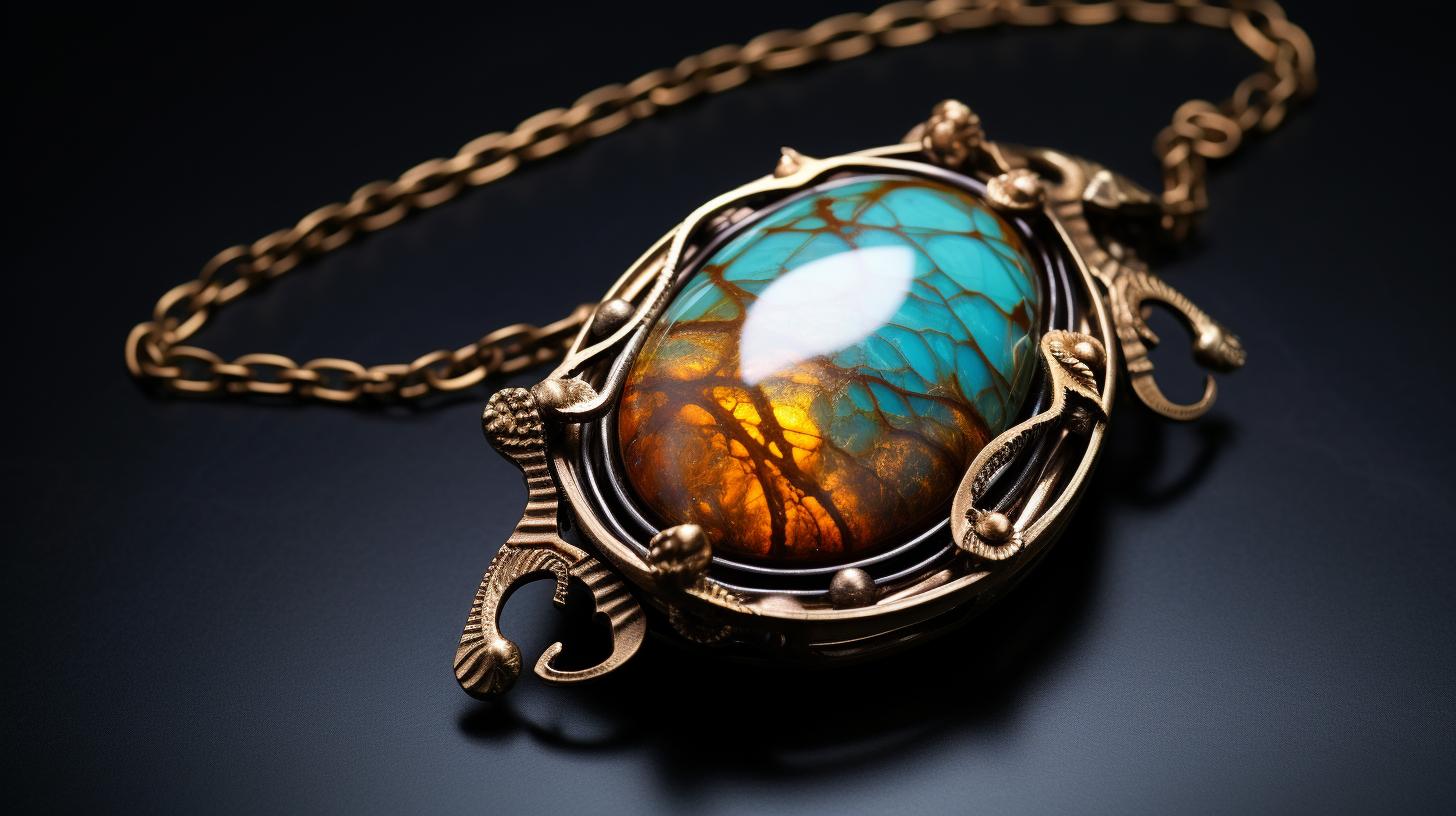
Displaying and Using Cabochons
Cabochons can be used in a variety of ways, such as in jewelry-making, lapidary work, and home decor. There are different ways to display and use cabochons, such as setting them in bezels, wire-wrapping them, or incorporating them into mosaics.
Personal Story: Overcoming Cabochon Cutting Challenges
When I first started cabochon cutting, I was eager to dive in and create a beautiful gemstone. However, I quickly realized that the process was more challenging than I anticipated. I struggled to shape the stone correctly and ended up with several broken or poorly shaped cabochons.
One day, I was at a gemstone show and met a friendly lapidary artist named Jane. She noticed my frustration and offered to show me some of her techniques. She took the time to explain each step of the process and gave me pointers on how to avoid common mistakes.
With Jane’s guidance, I was able to create a beautiful cabochon that I was proud to display in my jewelry. I continued to practice and improve my skills, and now I can confidently create high-quality cabochons.
This experience taught me the importance of seeking help and guidance when learning a new skill. It also reminded me that with practice and patience, I could achieve great results.
Different ways to display and use cabochons in jewelry making and lapidary work
There are endless possibilities for using cabochons in jewelry making and lapidary work, such as making pendants, earrings, rings, and bracelets. You can use different metals, such as gold, silver, or copper, to create unique settings for your cabochons.
Tips for selecting the right setting for a cabochon
When selecting a setting for your cabochon, it is essential to consider the size, shape, and color of the cabochon. You should also choose a setting that complements the style and design of your jewelry piece.
Guidelines for judging the quality of a cabochon
To judge the quality of a cabochon, you should consider the following factors:
- Shape and symmetry
- Polish and finish
- Color and texture
- Clarity and transparency
- Presence of cracks or inclusions
A high-quality cabochon should have a symmetrical shape, a smooth and glossy finish, a vibrant color, and minimal inclusions or cracks.
Conclusion
Cabochon cutting and shaping is an essential skill for any advanced lapidary artist. With the right tools and techniques, you can transform rough gemstones into beautiful and unique cabochons that showcase the natural beauty of the gemstone. Remember to take your time, practice, and pay attention to detail to achieve high-quality cabochons. We hope this guide has provided you with valuable tips and insights into cabochon cutting and shaping. Happy lapidary work!
If you’re looking for more information and resources on cabochon cutting and shaping, there are several external resources available, such as lapidary forums or instructional videos. Additionally, I have been practicing cabochon cutting and shaping for over 10 years, and my experience has helped me develop my skills and techniques.
Common Questions
Q.Who can benefit from cabochon cutting and shaping?
A.Anyone interested in creating unique gemstone jewelry.
Q.What materials are needed for cabochon cutting?
A.Lapidary saws, grinders, and polishing wheels.
Q.How difficult is cabochon cutting and shaping?
A.It requires practice, but with patience and guidance, it can be mastered.
Q.What if I don’t have access to lapidary equipment?
A.Some communities have lapidary clubs or classes available. You can also try online lapidary courses.
Q.How do I choose the right shape for my cabochon?
A.Consider the stone’s characteristics and your design goals.
Q.What if I make a mistake while cutting or shaping?
A.Mistakes happen, but with practice, you can learn how to fix them or repurpose the stone.
